At a time when the trend is towards green and natural in all aspects of our lives, we are wondering about the artificial ingredients in our cosmetics and our perfumes. Because yes, if you thought your perfume was totally natural... you've failed! Don't panic, we'll explain everything about these synthetic molecules that scare us so much.
Modern, but not brand new
It was in the 19th century that synthesis shook up the perfume industry. With the advent of these new ingredients created artificially by chemical reaction, the perfume classics of the time (especially eau de Cologne) were quickly replaced by new fragrances. Less expensive, synthetic molecules make it possible to produce larger quantities more quickly , and democratize perfume in just a few years. This is the beginning of perfumery as we know it today - and to discover the whole history of perfumery (especially French), read this article .
Concretely, what is the synthesis used for?
First, synthesis makes it possible to recreate odors found in nature at low cost : for example, vanillin which is naturally present in vanilla pods, the cost of which has reached stratospheric levels due to years difficult harvests and increasing global demand.
 Synthesis also makes it possible to extract natural components : for example, from sage we can extract ambroxan , a synthetic molecule whose amber scent is close to ambergris - a prized musk which comes from the sperm whale. In this case, the synthesis is said to be of natural origin . Are you following us?
Synthesis also makes it possible to extract natural components : for example, from sage we can extract ambroxan , a synthetic molecule whose amber scent is close to ambergris - a prized musk which comes from the sperm whale. In this case, the synthesis is said to be of natural origin . Are you following us?
Furthermore, synthesis makes it possible to replicate nature in the laboratory, when it is impossible to use an odor in its natural state . This is where it gets complicated ! Perhaps you know the smell of lilac or lily of the valley? Unfortunately these flowers are called "dumb", which means that it is impossible for us to extract their fragrance: their olfactory yield is too low, or even zero. This actually concerns a majority of the flowers that we know... and synthesis allows us to recreate these smells that we love so much.
Finally, synthesis is also used to protect animals . Historically, many essential oils used in perfumes were of animal origin (these are the famous musks, which give strength and sensuality to perfumes). These oils were obtained in circumstances that were rarely respectful of animal welfare. Rest assured, they are now banned in Europe: we now use synthetic musks to leave animals in peace!
In search of the unknown smell
The ultimate goal of synthesis remains to broaden the perfumer's palette. And for this, synthesis from nature is not enough: we must call on real artificial chemistry to create completely new odorous molecules, such as aldehydes - which appeared for the first time in Chanel No. 5.
 You will ask us: but how do we invent a smell that no one has ever smelled ? It takes several years of complex research, during which scientists will experiment with different chemical reactions, often using molecules from petrochemicals (not very glamorous, we grant you).
You will ask us: but how do we invent a smell that no one has ever smelled ? It takes several years of complex research, during which scientists will experiment with different chemical reactions, often using molecules from petrochemicals (not very glamorous, we grant you).
To give you an idea, the major perfume players invest around 10% of their turnover in their R&D department! If so much money is invested, it is because the stakes are very high: once a synthetic molecule is developed by an actor, he can maintain a monopoly on it for 20 years. This allows him to create new perfumes with it, but also to sell his discovery to competitors - so that they in turn use it in their own perfumes.
Nowadays, on average more than 60% of the ingredients in a perfume are synthetic. So, why did we decide to do otherwise at Bastille, and to limit synthesis to 5% in our formulas?
Why is synthesis so scary?
If we have chosen to advocate naturalness at Bastille, it is for good reason. Even if synthetic molecules are highly regulated, they can sometimes present risks for the environment, but also for our health.
Since synthetic molecules often come from petrochemicals, their manufacturing uses fossil energy... and therefore pollutes enormously . This is why we favor natural ingredients . Be careful though, we are not saying that deforesting entire plots to produce sandalwood essential oil does not have an environmental impact, on the contrary! Moreover, to ensure that our raw materials are produced with respect for nature, we have chosen to work with IFF LMR. A pioneer in natural raw materials, IFF LMR has been committed to sustainable development since 1983 and works with small local producers around the world to provide us with quality ingredients, grown with respect for people and the planet.
 Furthermore, synthetic molecules can cause harmful effects on health . Various analyses, including a Greenpeace study carried out in 2005, have shown that certain perfumes contain chemical components dangerous to health. Moreover, synthetic molecules are regularly banned from perfumes because of doubts about their endocrine disrupting or carcinogenic effects.
Furthermore, synthetic molecules can cause harmful effects on health . Various analyses, including a Greenpeace study carried out in 2005, have shown that certain perfumes contain chemical components dangerous to health. Moreover, synthetic molecules are regularly banned from perfumes because of doubts about their endocrine disrupting or carcinogenic effects.
Latest example: lilial, which was widely used in perfumes to represent the smell of lily of the valley. It was completely banned a few months ago, after being classified as CMR (Carcinogenic, Mutagenic, Reprotoxic). A good number of ingredients are now classified CMR: you can also find the list on the INRS website.
How can we ensure that the synthesis is safe?
Using it sparingly and carefully . This is why Bastille has implemented strict specifications for the 5% synthetic content that we include in our perfumes: no endocrine disruptors, no phthalates or parabens, and of course no CMR classified ingredients. !
Another solution could be the development of green chemistry, which uses agro-industrial co-products (such as beet pulp or sugar molasses) instead of traditional ingredients of petrochemical origin. A natural process and a circular economy: everything we love! Very expensive at the moment because it is still at the experimental stage, green chemistry will probably wait a few years before (we hope) revolutionizing perfume.
We take the reflex “look at the label”
There you go, you know everything about synthesis! Now you are probably wondering how to know if your perfume is natural or synthetic... - the answer in this article .
The problem is that from a legal point of view, perfume is still considered a trade secret. It therefore has no obligation to reveal to you the ingredients that make it up, apart from the rare allergens which must be listed.
This is where Bastille's approach is pioneering: we have decided to be completely transparent about our ingredients, a small revolution in perfumery! Our formulas are available on our website , and the natural and synthetic ingredients are clearly differentiated: this way, there are no secrets between us.
We hope to have enlightened you! Do not hesitate to write to us if you have any questions: hello@bastilleparfums.com. See you soon !
Photo credits: Ashley Kane , A Heart String , Jules Theret
For more information: cost of vanilla , animal notes in perfumery ,
Sources: IFF LMR , Greenpeace study , list of CMR substances








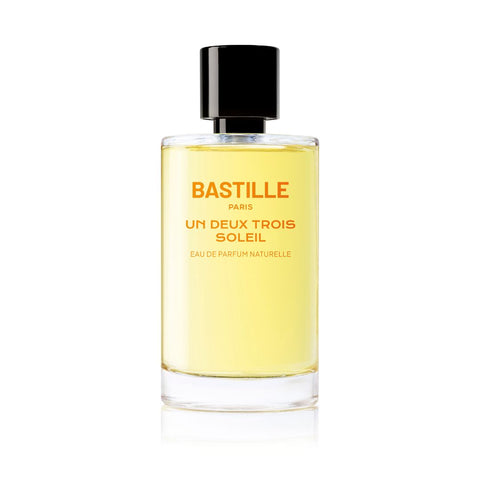



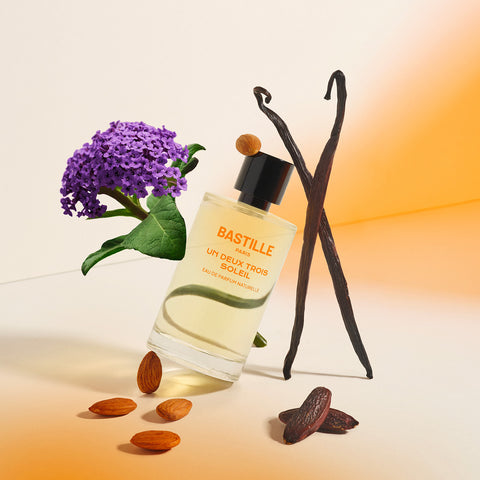
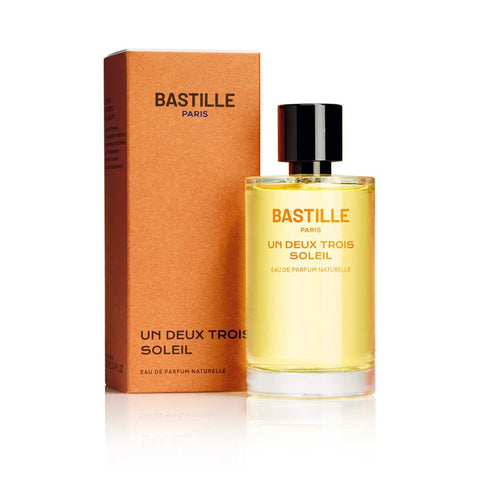
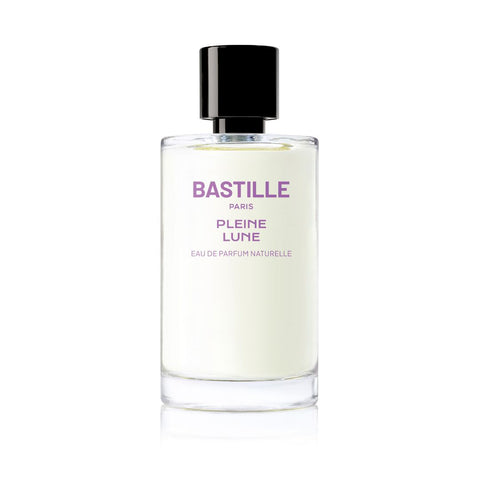
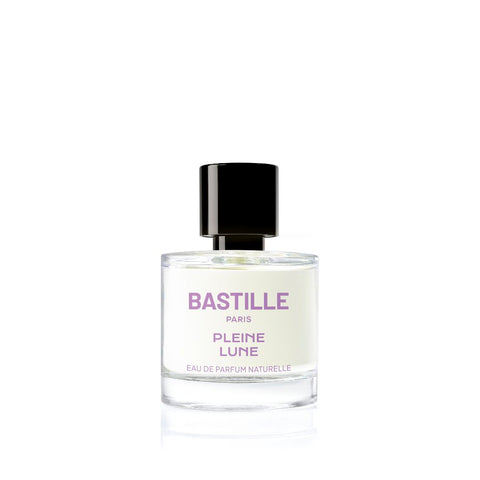
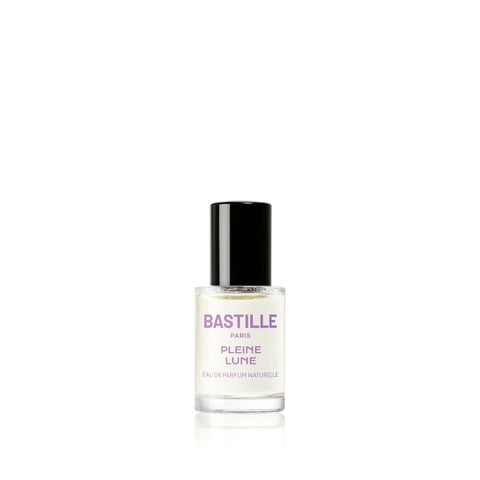
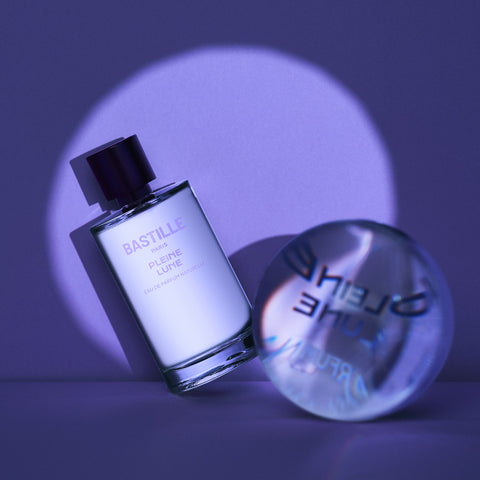
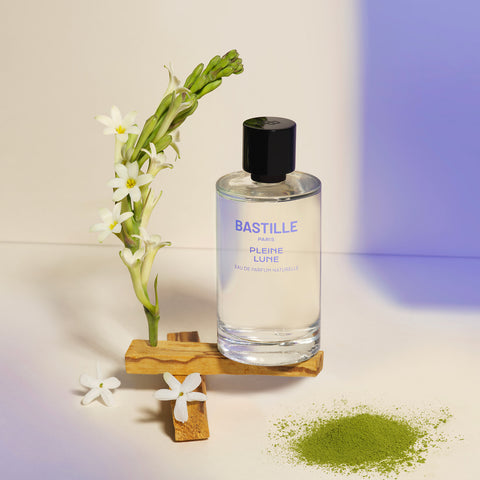
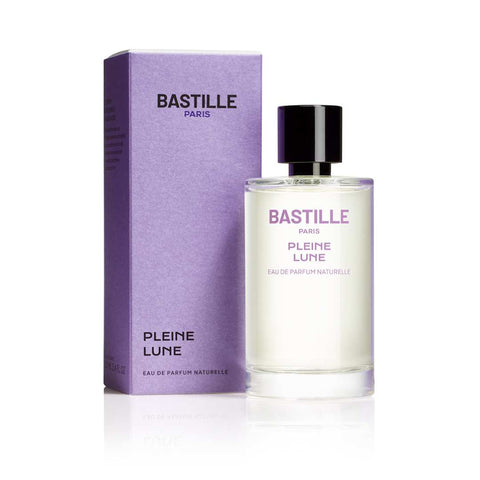

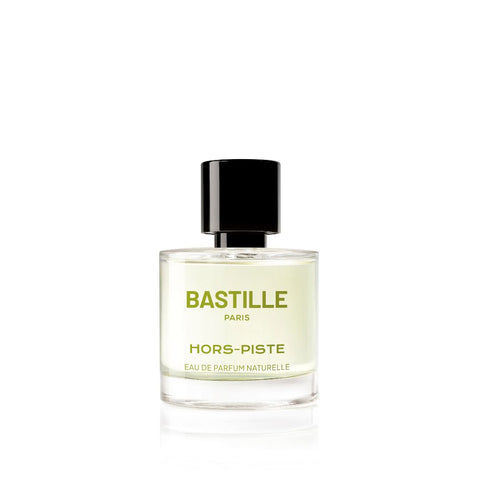

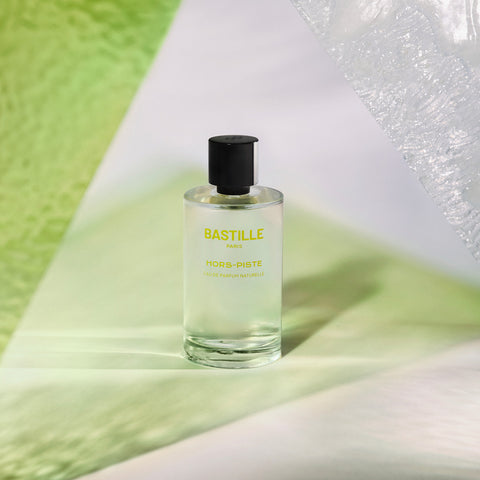

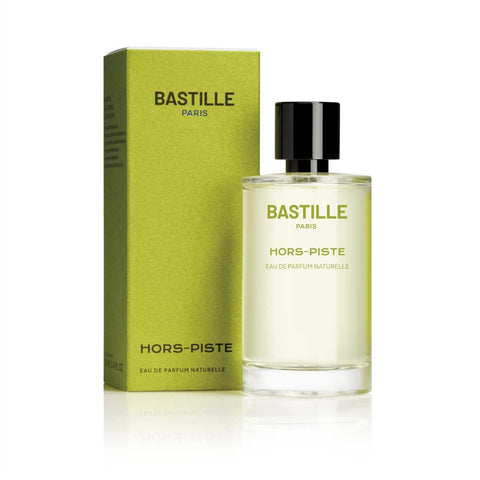

Comments (0)
There are no comments for this article. Be the first one to leave a message!